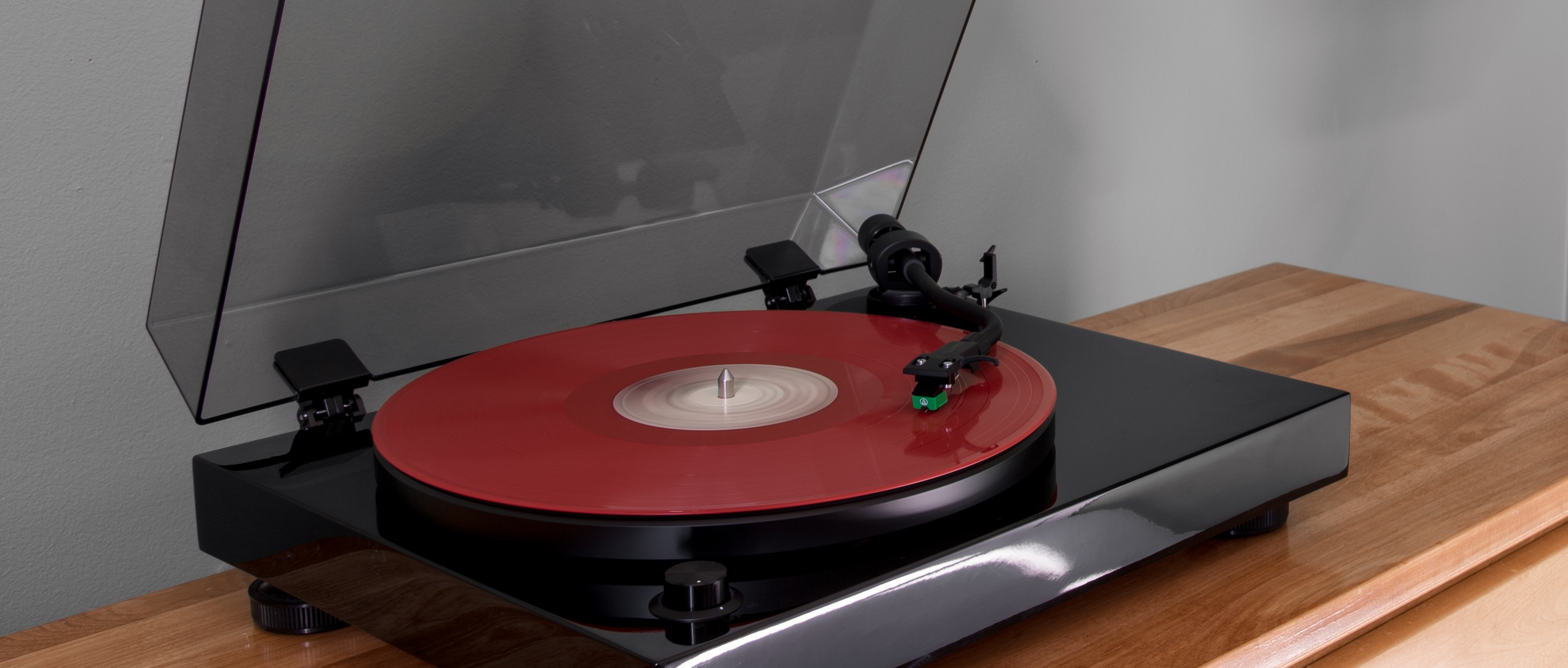180 gram vinyl by contrast is significantly thicker and heavier creating a product that is widely considered to be audiophile grade.
What does 180 mean for vinyl.
180 200g does have the potential to sound just as great but it is mostly a cosmetic quality.
The quality of the sound derives from the vinyl compound as opposed to the weight of the disc.
You will notice that most pre 90 vinyl was about 140g and still sounds fantastic.
It has become a selling point for many new presses but ultimately it is meaningless.
180 gram vinyl explained in short it s all about weight.
80 s vinyl is plentiful but still flimsy and rather bendy.
Ironically this is not in reference to groove wear from being in contact with the stylus.
A standard 140 gram vinyl record is approximately 2 1 mm thick.
A 180 gram vinyl record is approximately 2 8 mm thick.
Sure 180g lps ride more smoothly on a turntable thanks to their weight but the benefits end there.
What does 33 45 and 78 rpm mean.
33 45 and 78 rpm is the speed at which the most common commercially available vinyl records spin at represented in revolutions per minute.
The records themselves are often referred to by their speed.
Audiophile grade vinyl was a term originally used by labels that went out of their way to produce extraordinarily good sounding vinyl.
Everything depends on the mastering process.
Recommended videos for you.
The introduction of digital methods of recording and mastering also changed the way it sounded.
A 180 gram lp is not only more satisfying to handle and place on the turntable but it offers more resistance to clutzy manipulation and other possible abuses.
Historically there is an implied quality standard associated with 180 gram vinyl or 200 gram vinyl.
The vast majority of 12 inch records that have been pressed in the 20th century weigh between 120 and 140 grams.
What is audiophile grade vinyl.
Warm analog sound gave way to a more sterile perfect aesthetic.
It means nothing really.

